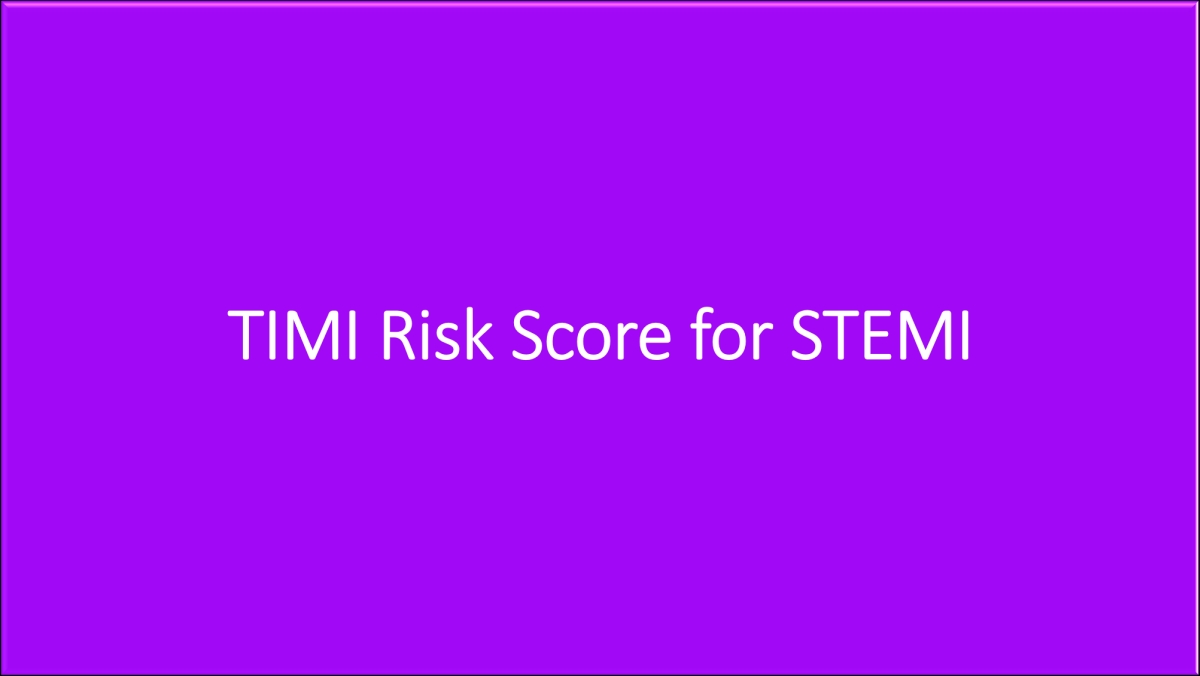
Univariate and multivariate logistic regression analysis were performed for the assessment of the association of TIMI risk score as well as other baseline characteristics of the patients, with post-procedure mortality. The categorical baseline and clinical characteristics were compared with study outcome by applying chi-square test, and the Mann-Whitney U test was performed to assess the TIMI risk score by study outcome. The Kolmogorov-Smirnov test was applied to the examine the normality of the continuous variables such as age (years), symptom onset to ER arrival time (min), ER to Lab (min), total Ischemic time (min), and TIMI risk score and appropriate mean ± SD or median were calculated. (IBM Corp., Armonk, NY, US) was used for the analysis of data. IBM SPSS Statistics for Windows, Version 21.0. Given that 1 in 4 middle aged adults present with evidence of coronary artery disease (CAD) in Pakistan, we aimed to determine the predictive value of TIMI risk score and its prognostic significance to profile the risk of mortality of elderly females who underwent PPCI in the largest ‘cardiac care center’ of the country. Moreover, elderly patients with Acute Coronary Syndrome (ACS) are poorly analysed and underrepresented in clinical trials.

The validation of this risk score in the South Asian population is essential given the differences in genetics, lifestyle, and healthcare delivery in comparison to developed nations. However, data evaluating the usefulness of the TIMI risk score in the South Asian population remains scarce. The ‘Thrombolysis in myocardial Infarction (TIMI) risk score’ is a risk stratification model which has been shown to accurately predict post-PCI mortality in both genders, with the c-statistic value of 30-day mortality ranging from 0.72–0.84. Accurate post-PCI risk prediction in women is thus a necessity, to allow the delivery of appropriate therapeutic interventions to those at increased risk, and thus curtail mortality rates. A recent multicentre registry that included STEMI patients undergoing PPCI from 12 countries showed a remarkably higher 30-day mortality rate in women, as compared to men. Despite being the best management strategy with a decrease in number of re-infarctions, almost 10% of patients undergoing percutaneous coronary intervention (PCI) die within three years, with women having a higher rate of adverse outcomes than men.

Primary percutaneous coronary intervention (PPCI) has played a significant role in reducing mortality rates in ST-segment elevation myocardial infarction (STEMI) patients.


 0 kommentar(er)
0 kommentar(er)
